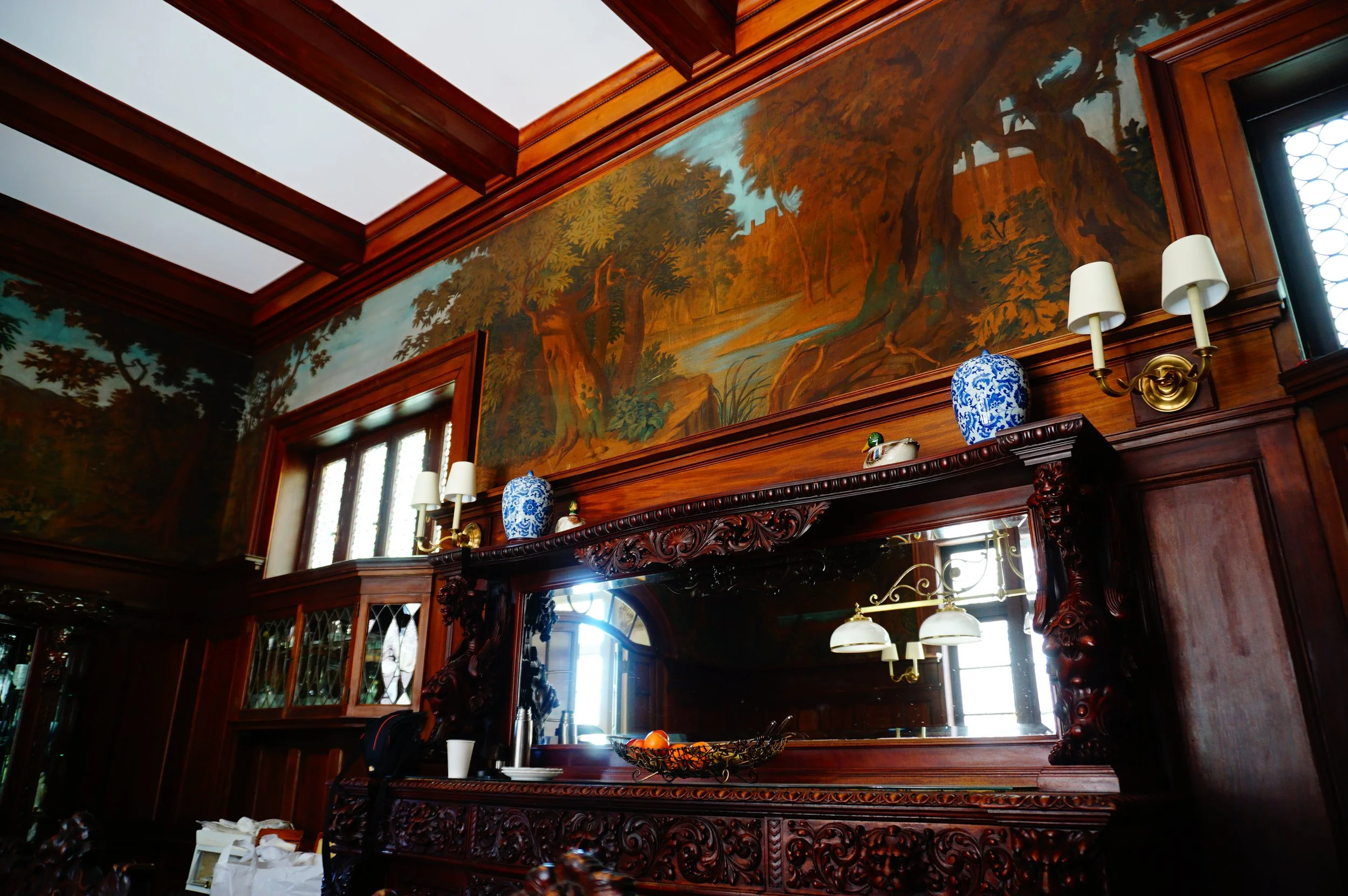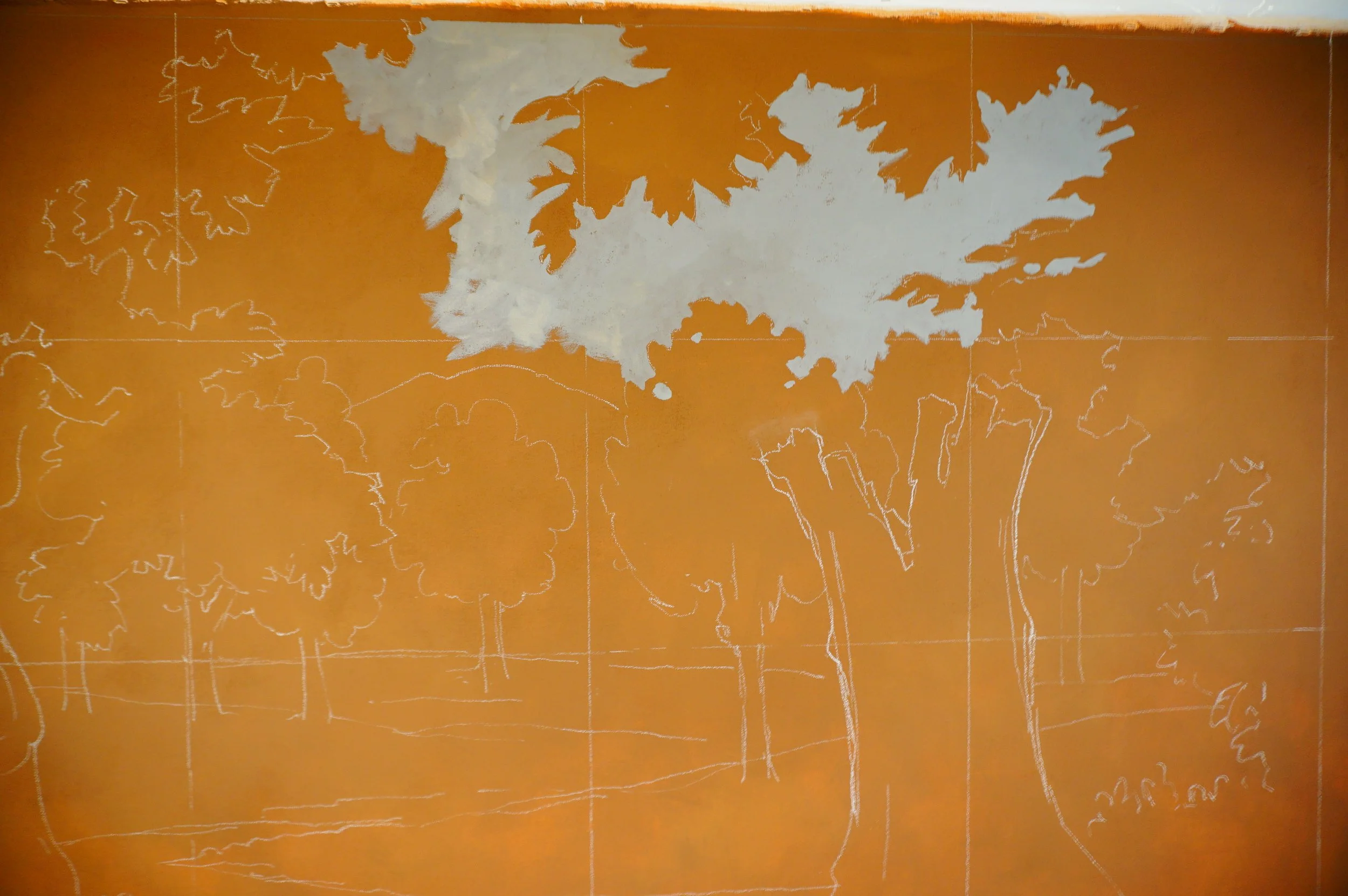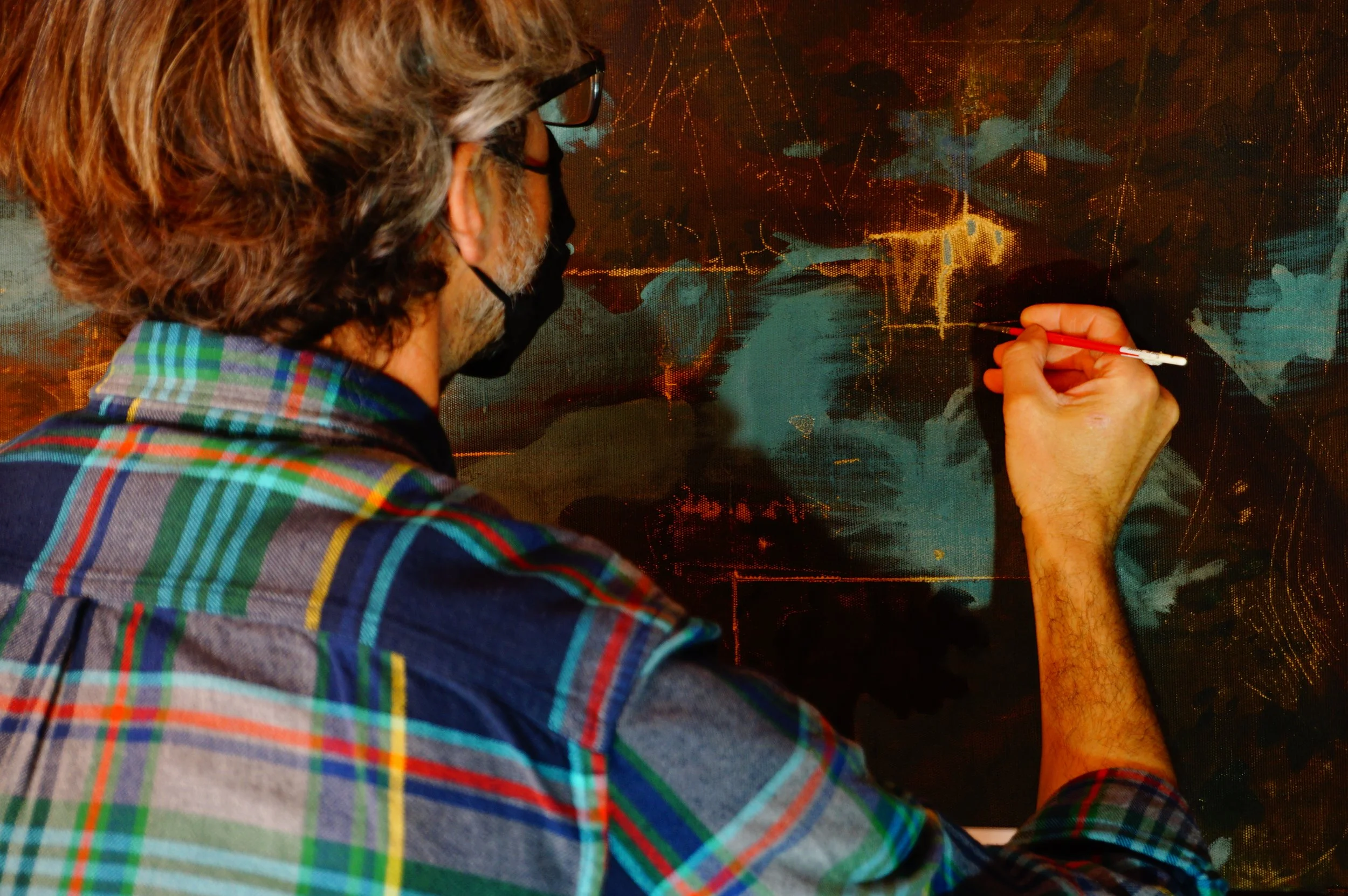Mural Restoration
Means and Methods for Mural Restoration
Mural restoration is the process of repairing and preserving a mural, which is a large-scale painting or decoration applied directly to a wall, ceiling, or other permanent surface. The methods used for mural restoration will depend on the specific condition of the mural and the materials it is made of, as well as the desired outcome of the restoration project. Here are some general steps and considerations for restoring a mural:
Assess the condition of the mural: Before beginning any restoration work, it is important to thoroughly assess the condition of the mural. This includes examining the surface of the mural for cracks, flaking, or other damage, as well as examining the condition of the paint and any other materials used in the mural.
Develop a restoration plan: Based on the assessment of the mural, develop a plan for how to proceed with the restoration. This may involve repairing damaged areas, cleaning the mural, or applying a protective coating.
Repair any damaged areas: If the mural has cracks or flaking paint, these areas will need to be repaired before any other work can be done. This may involve filling in cracks with a suitable material, such as plaster or epoxy, or carefully removing and replacing any flaking paint.
Clean the mural: Once any damaged areas have been repaired, the mural should be cleaned to remove dirt, grime, and other contaminants that may have accumulated over time. This may involve using specialized cleaning solutions and techniques, such as steam cleaning or the use of solvents.
Apply a protective coating: After the mural has been cleaned and repaired, it is important to apply a protective coating to help preserve the mural and prevent further damage. This may involve applying a clear varnish or another type of protective coating, such as a wax or resin.
Document the restoration process: As with any restoration project, it is important to document the steps taken during the restoration process. This includes taking photographs of the mural before and after restoration, as well as keeping detailed records of the methods and materials used. This documentation can be useful for future reference and may be required by funding organizations or other stakeholders.






